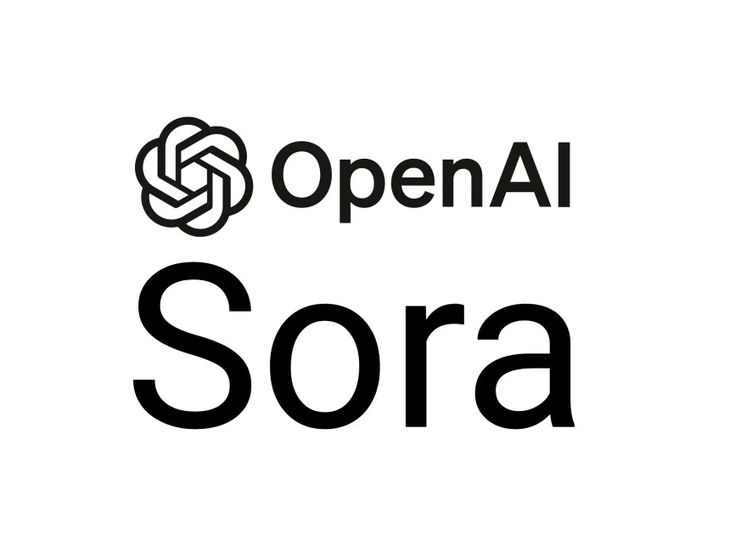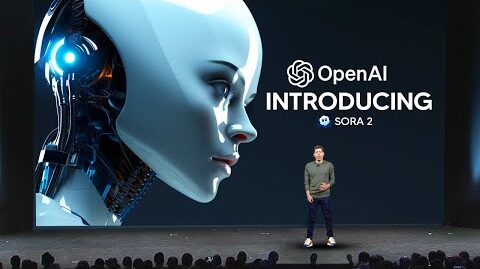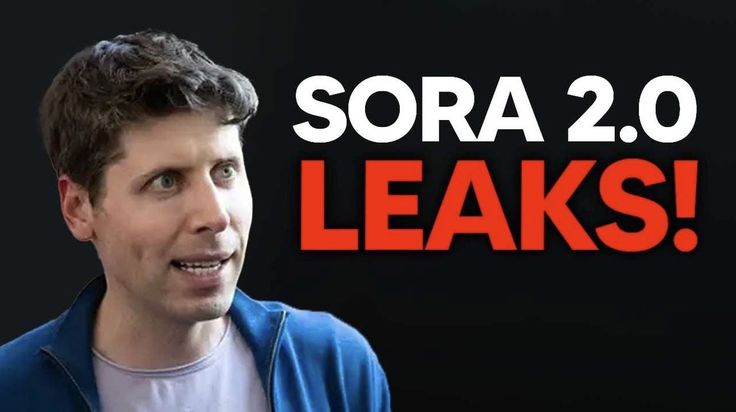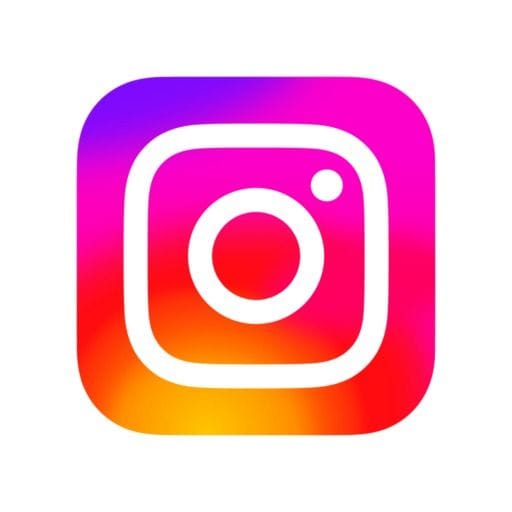The world of generative AI just witnessed another milestone. On September 30, 2025, OpenAI officially launched the Sora 2 model, an advanced text-to-video and audio generation AI system that promises to revolutionize how we create and consume digital content. The unveiling of Sora 2, alongside the introduction of a standalone Sora app for iOS, marks a bold step toward making AI-driven video creation accessible to everyday users, filmmakers, marketers, and educators.
But what makes Sora 2 different from its predecessor and other competing models? Why is this launch being called one of the most significant updates in AI media? And what challenges might lie ahead?
A New Era: What Exactly Is Sora 2?
Sora 2 is the next-generation upgrade to OpenAI’s earlier Sora model, which stunned the world in 2024 by generating short but realistic video clips directly from text prompts. While the original Sora made headlines for its ability to bring ideas to life in visual form, it had some clear limitations: its physics weren’t always accurate, the continuity of scenes could break, and perhaps most importantly — it lacked sound.
With Sora 2, OpenAI addresses these issues head-on. The new model is not only more physically consistent and visually precise, but it also introduces synchronized audio generation, allowing it to create clips with speech, background sound, music, and ambient noise that match the visuals. In short, Sora 2 is no longer just text-to-video — it’s text-to-video-and-audio.
For creators, this means you can now describe a scene and get a fully formed clip complete with dialogue, footsteps, environmental sound effects, or even cinematic background scores.
Key Features of Sora 2
The Sora 2 model introduces several breakthroughs that set it apart from both the original Sora and competitors like Google’s Veo 3. Let’s look at its most exciting features:
1. Audio-Visual Synchronization
The headline feature is synchronized sound generation. Sora 2 can produce realistic voices that lip-sync with characters, ambient sounds like rain or traffic, and sound effects that match on-screen action. This bridges a huge gap between AI-generated visuals and usable multimedia content.
2. Enhanced Realism
According to OpenAI, Sora 2 is significantly better at handling physics, motion, and object permanence. For example, if a character drops a glass, it will fall realistically, break, and remain broken — rather than magically disappearing or reappearing in later frames.
3. Improved Control and Steerability
Users now have more control over camera angles, scene transitions, pacing, and artistic styles. Whether you want a cinematic Hollywood-style clip, an anime scene, or a documentary-like narration, Sora 2 can adapt.
4. Wide Stylistic Range
From photorealistic visuals to abstract or cartoon-like animations, Sora 2 covers a much wider creative spectrum than the first version.
5. The Sora App
Alongside the model, OpenAI launched the Sora app for iOS — a social video platform that allows users to generate, remix, and share short AI-created videos. With a TikTok-like vertical feed, the app brings AI-powered creativity to a broader audience, letting people co-create, remix content, and even insert themselves or friends into clips through a “cameo” feature (with permission).
6. Early Access and Invitation-Only Rollout
Initially, both Sora 2 and the app are being rolled out in the U.S. and Canada under an invite-only program. OpenAI is prioritizing a gradual, cautious release to manage risks and gather feedback before expanding globally.
Why Sora 2 Matters
The launch of OpenAI Sora 2 is more than just another product update. It represents a fundamental shift in content creation, democratizing tools that were once only available to film studios and professional production houses.
Here are some of the potential applications of Sora 2 across industries:
1. Filmmaking & Storyboarding
Filmmakers can use Sora 2 to prototype scenes, visualize scripts, or even create entire sequences before committing resources to live shoots. Indie creators without Hollywood budgets could bring their stories to life with unprecedented ease.
2. Advertising & Marketing
Brands can create quick promotional videos, explainer content, or social media ads tailored to different audiences, without requiring full-scale production teams.
3. Social Media Content Creation
Through the Sora app, casual users can generate short, fun clips and remix others’ videos. This democratizes storytelling, allowing anyone with a phone and an idea to create viral-worthy content.
4. Education & Training
Teachers and trainers could use Sora 2 to generate visual demonstrations, interactive explainers, or historical recreations that make learning more engaging.
5. Gaming & Virtual Experiences
Game developers could leverage Sora 2 to generate cinematic cutscenes, trailers, or immersive storytelling content, reducing costs while increasing creativity.
\Ethical Challenges and Risks
Despite its incredible potential, Sora 2 also raises serious concerns. OpenAI itself has acknowledged these risks and implemented safeguards, but challenges remain.
Deepfakes and Misuse of Likeness
One of the biggest fears is misuse — creating fake but realistic videos of individuals without their consent. While OpenAI requires permission for “cameos” and notifies users if their likeness is used (even in drafts), the risk of abuse is very real.
Copyright Concerns
Questions remain about how AI models trained on massive datasets handle intellectual property. Can Sora 2 unknowingly generate copyrighted characters, logos, or styles?
Bias and Representation
As with any AI system, biases in training data can result in skewed or stereotypical outputs. This could affect how certain groups are represented in generated content.
Misinformation and “AI Slop”
Analysts warn that hyper-realistic AI videos could be weaponized to spread disinformation or flood the internet with low-quality “AI slop” — reducing trust in digital media overall.
Safety for Minors
OpenAI has banned content involving minors and other sensitive categories. However, enforcing these rules at scale will be challenging as the technology spreads.
The Competitive Landscape
OpenAI is not alone in this space. Google’s Veo 3 model also supports synchronized video-audio generation, while other startups are racing to bring similar tools to market. The battle is shaping up not just over technical quality but also over user trust, safety, and social adoption.
By pairing Sora 2 with a social platform, OpenAI is not only competing with AI companies but also with TikTok, Instagram Reels, and YouTube Shorts. In other words, Sora isn’t just an AI tool — it’s a potential new ecosystem for short-form content.
The Human Angle: Why This Matters for Everyday Users
Beyond the tech jargon, Sora 2’s launch is about accessibility. For the first time, ordinary people can turn an idea into a mini-film — complete with sound — in seconds.
Imagine a child using it to create a video story for school, a marketer generating a pitch video in minutes, or a filmmaker mocking up a scene before shooting. The barrier between imagination and creation is dissolving.
At the same time, trust will become more important than ever. As AI-generated content becomes indistinguishable from reality, platforms, creators, and audiences will need new systems of verification, watermarking, and ethical standards.
What Comes Next for Sora 2?
OpenAI has made clear that Sora 2 is only the beginning. Future updates are expected to include:
- Longer video generation (beyond 10 seconds per clip)
- Higher resolution output
- Full developer API access for integration into third-party tools
- Enterprise licensing options for businesses and studios
- Global rollout beyond North America
As OpenAI gathers feedback from early users, we can expect continuous improvements in safety, controllability, and creative potential.
Final Thoughts
The launch of OpenAI’s Sora 2 model is one of the most important AI announcements of 2025. By combining text-to-video generation with synchronized sound, OpenAI has opened new creative horizons while also raising profound ethical questions.
For creators, marketers, educators, and everyday users, Sora 2 could be a game-changer. For society, it’s a test of how we balance creativity, innovation, and responsibility in the age of AI.
As we move forward, one thing is clear: the future of storytelling, entertainment, and digital communication will increasingly be shaped by AI — and Sora 2 is leading the charge.
Related News: Read More





